With Trade Talks in Motion, Modi and J.D. Vance Strike a Hopeful Note
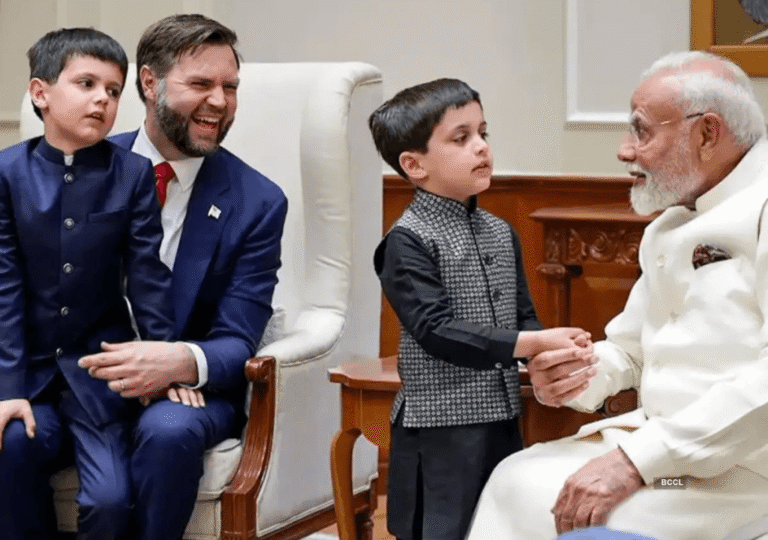
Modi and J.D. Vance highlighted promising progress in ongoing trade negotiations, signaling cautious optimism for future economic cooperation.

Modi and J.D. Vance highlighted promising progress in ongoing trade negotiations, signaling cautious optimism for future economic cooperation.
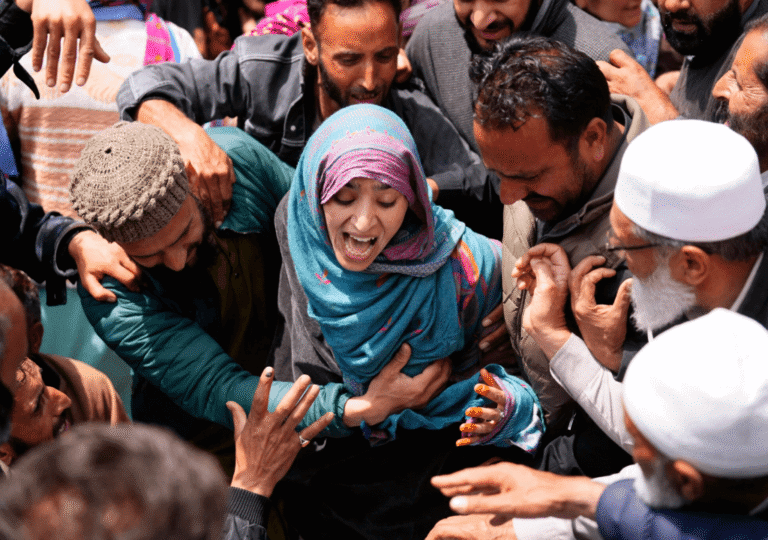
A deadly attack on Hindus in Kashmir has intensified tensions between India and Pakistan, pushing the region closer to a potential conflict. The growing unrest threatens to destabilize the fragile peace in South Asia.
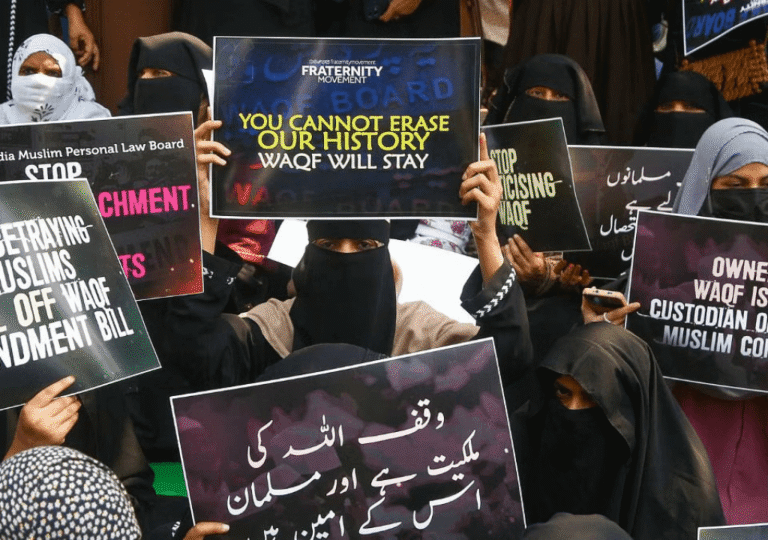
The Waqf Amendment Act 2025 has sparked fresh political and religious debate in India, forcing secular parties to balance Muslim vote bank concerns with growing Hindu nationalist sentiment.
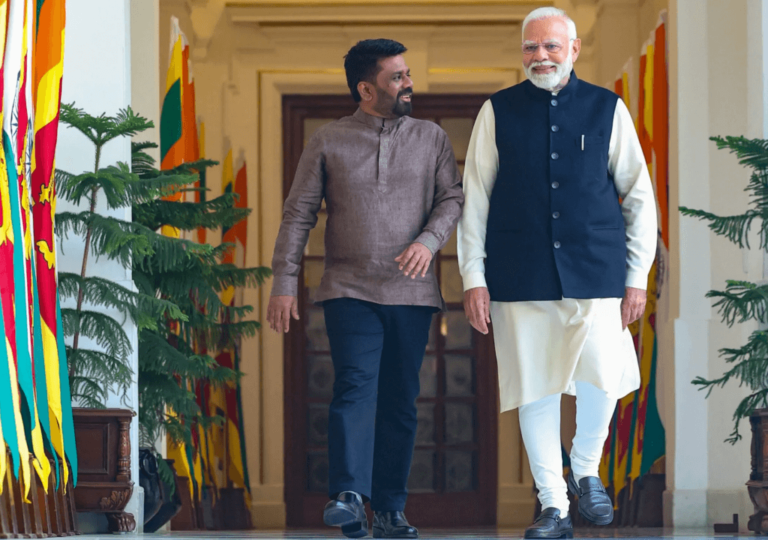
Amid shifting alliances and regional recalibrations, Sri Lanka appears to be edging closer to India once more. This piece explores the subtle currents reshaping South Asia’s geopolitical landscape.
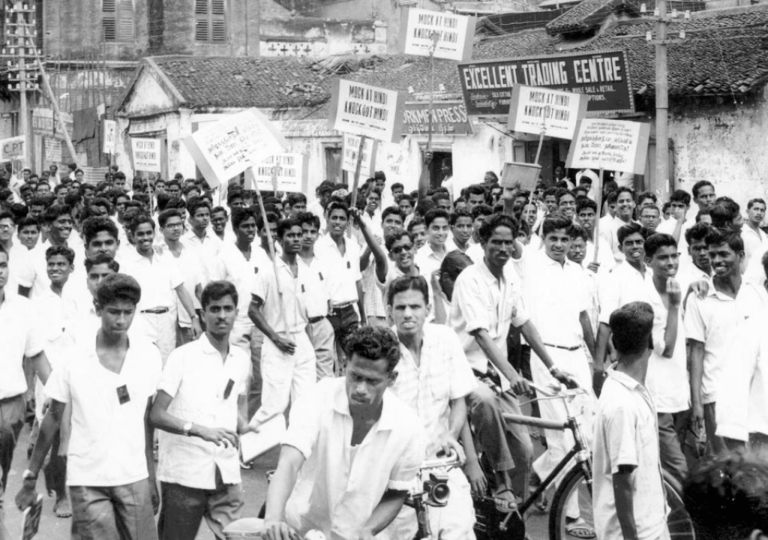
India’s language divide is becoming more pronounced, sparking political and cultural tensions. Is the nation heading toward a deeper crisis?
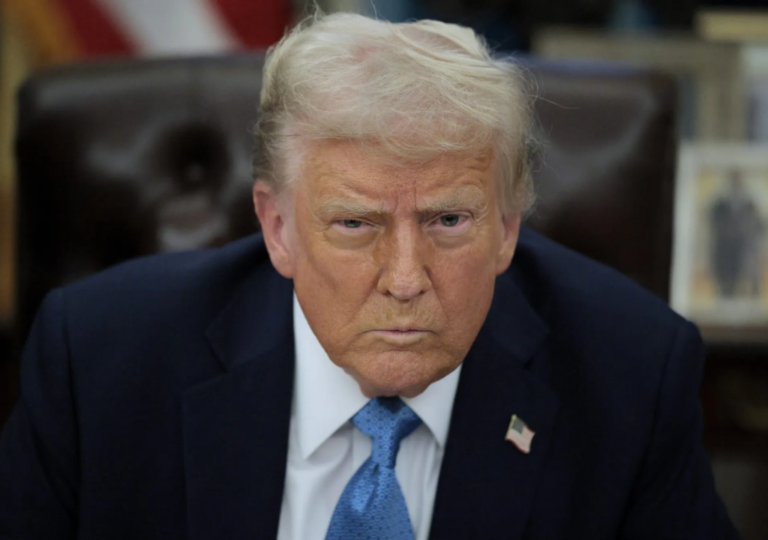
As Trump eyes tougher trade policies, can India navigate the looming tariff threats and safeguard its economic interests?
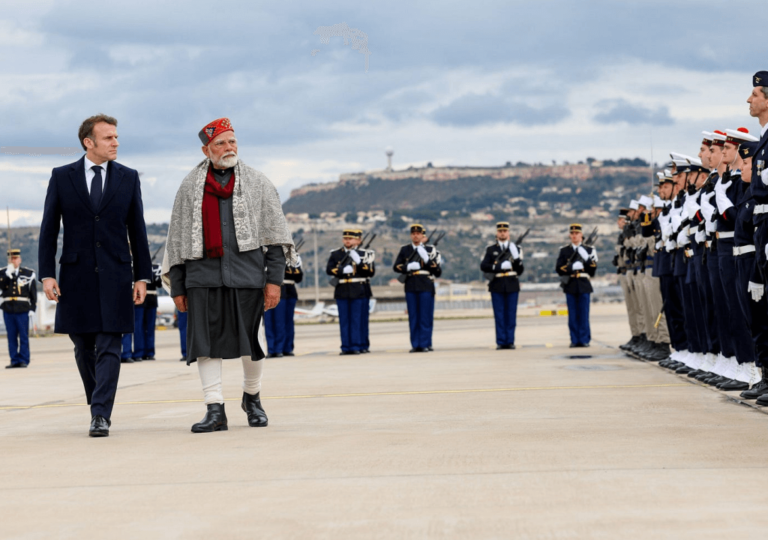
Explore the deepening India-France relationship, from strategic partnerships to cultural ties, and what it means for global geopolitics.
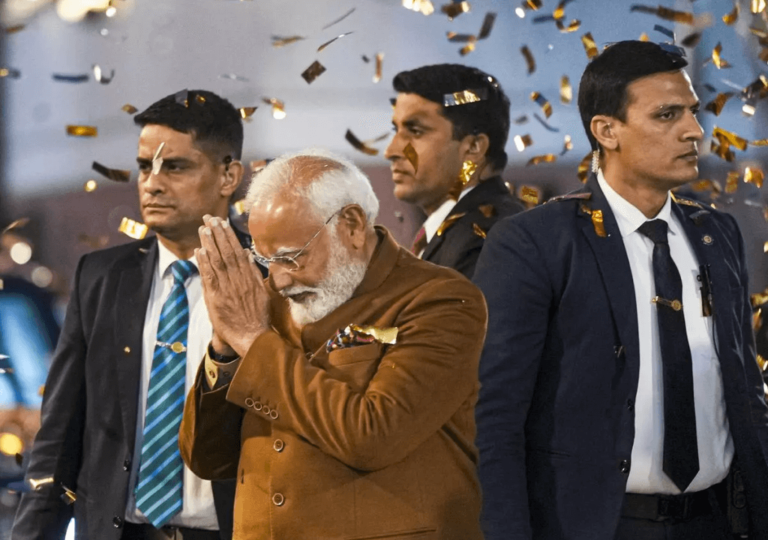
After years of resistance from the Aam Aadmi Party, Narendra Modi and the BJP have finally secured control over India’s National Capital Territory, marking a significant political shift in Delhi
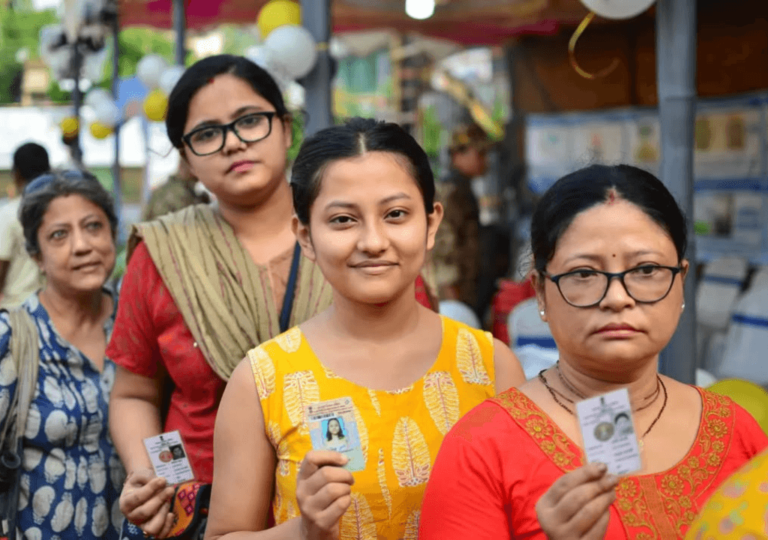
India's political landscape is dominated by the BJP and INC, limiting true multi-party representation
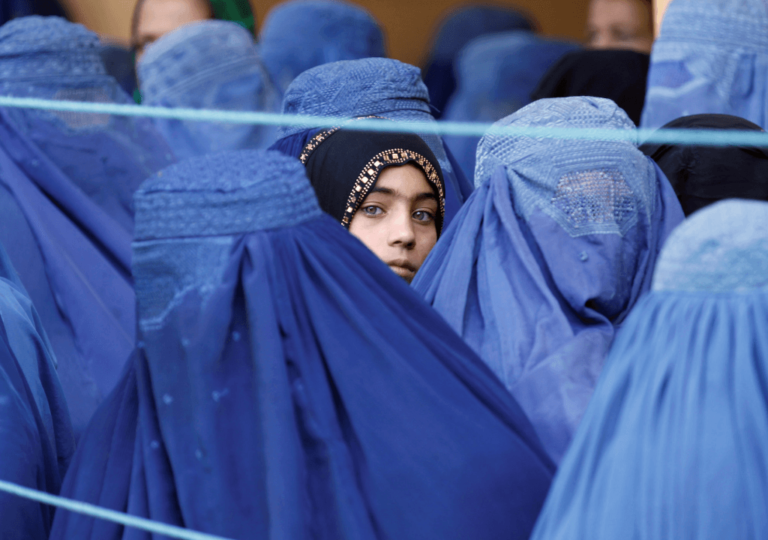
India seeks to strengthen ties with the Taliban amid shifting regional dynamics and evolving security concerns in Afghanistan